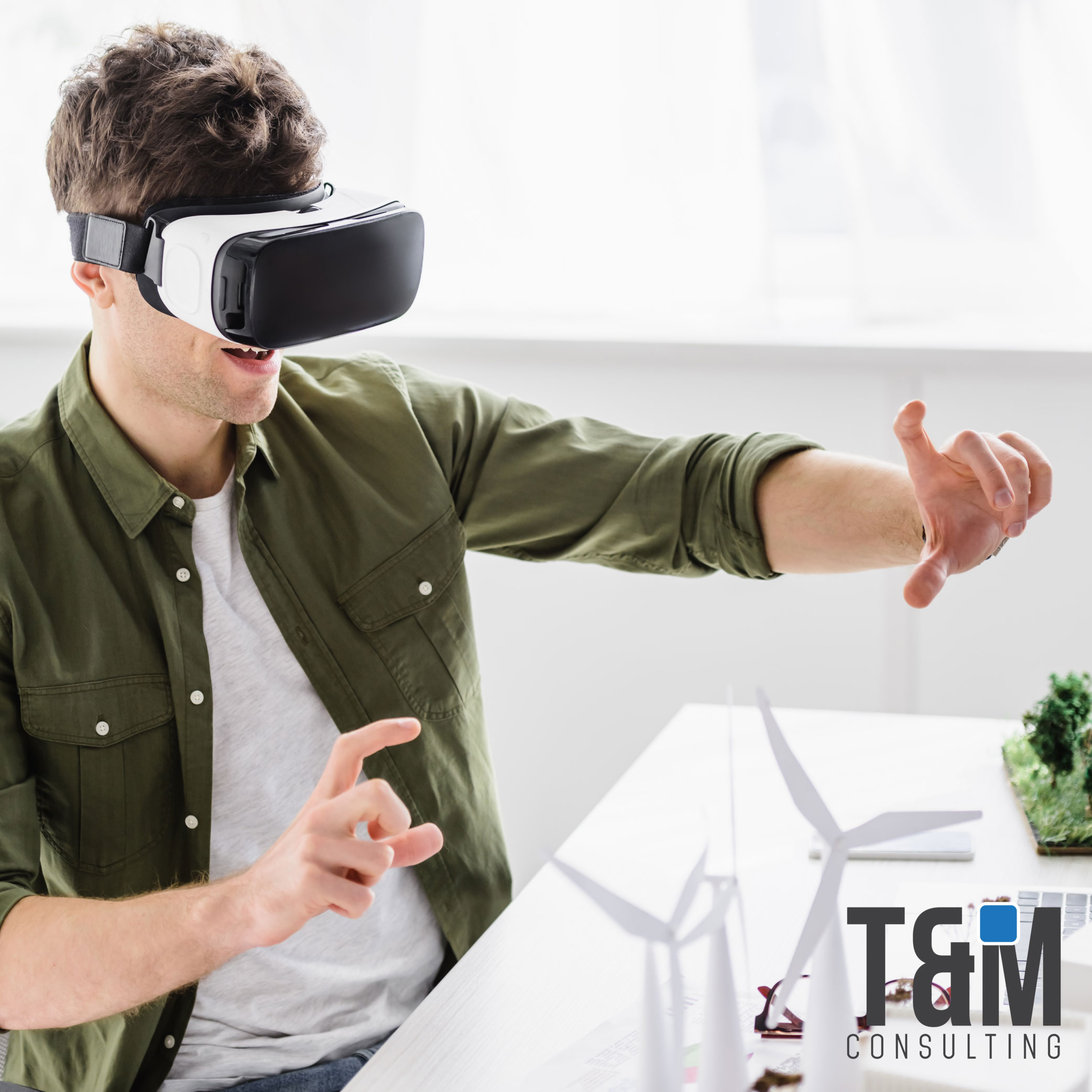Technology
Futuristic Immersion: How Virtual and Augmented Reality Are Redefining Our Interaction with the World.

Virtual Reality (VR) and Augmented Reality (AR) are two technologies that are transforming the way we interact with the world. While Augmented Reality (AR) uses the world around the user as a base, and only adds artificial elements, creating a mixed environment, Virtual Reality (VR) generates a dimension or "reality" and invites users to immerse themselves and become the protagonist of the simulated environment.
This boom of VR and AR is progressively expanding, companies such as Meta, which has bought the company Oculus, a leading company in the manufacture of VR viewers, or the case of TikTok, who recently bought Pico, a company that bets on a wireless and accessible Virtual Reality, even Microsoft, with its HoloLens product, betting on AR in companies.
It is important to mention that the VR and AR market is constantly growing and is expected to reach USD 202.70 million by 2028. This means that we are likely to see many more companies innovating in this field in the future.
VR and AR are being applied in various markets, in real estate, they enable virtual tours of properties to achieve a personalized sale. In education, AR and VR offer immersive learning experiences. In healthcare, they facilitate surgical simulations for medical training. In retail, they enable virtual product testing.
Some of the emerging trends in the field represent different ways in which VR and AR are being developed and applied in various industries, is immersive VR is creating increasingly realistic experiences, with high-definition graphics and accurate motion tracking. This is being leveraged in vocational training, allowing workers to practice skills in a safe and controlled environment.
On the other hand, contextual AR is providing relevant information in real time, overlaid on the physical world. This is finding applications in fields such as roadside assistance, where drivers can receive directions and traffic alerts directly in their field of vision. Similarly, we find social VR and AR is allowing people to interact in virtual spaces as if they were in the same room, despite being physically separated. This is changing the way we socialize and collaborate.
And finally, we find VR and wearable AR is making these technologies more accessible, with lighter, more comfortable, and affordable devices, whose primary users are Generation Z and Generation Alpha.
These trends are accelerating the adoption of VR and AR and promise a future where these technologies are an integral part of our daily lives, transforming the way we interact with the world. Their potential is immense, and we are just beginning to explore it.
Remember to follow us on our networks to learn more about the world of technology:
30 de Abril, 2024





